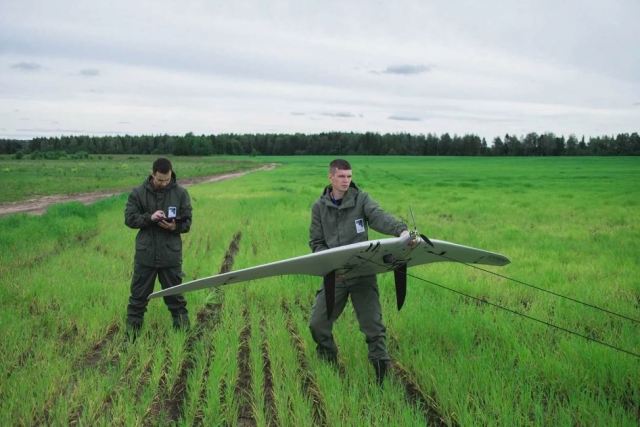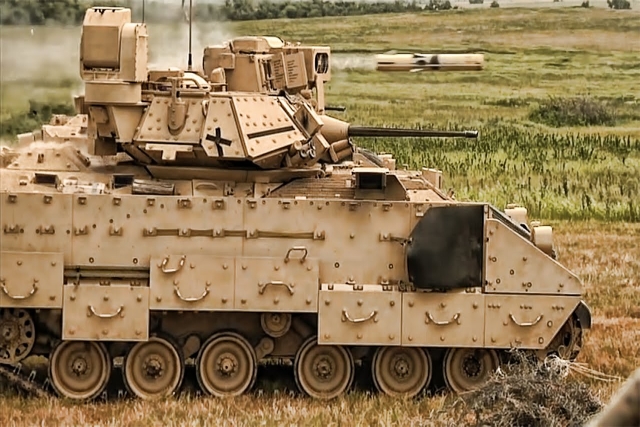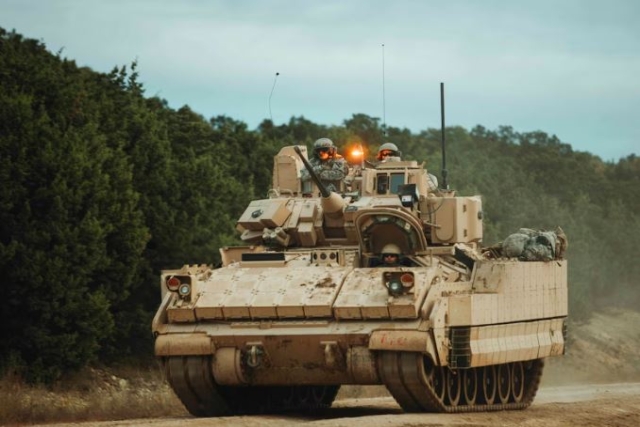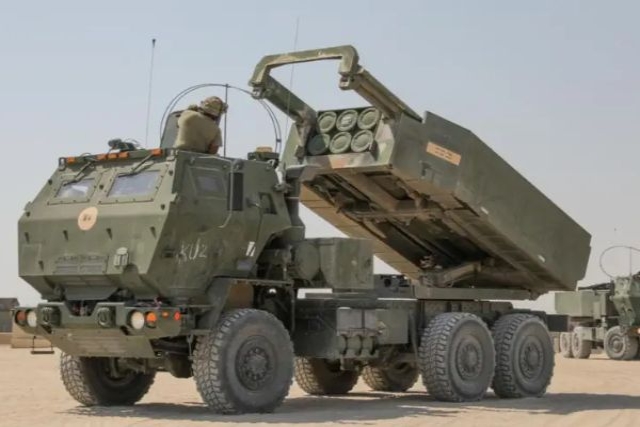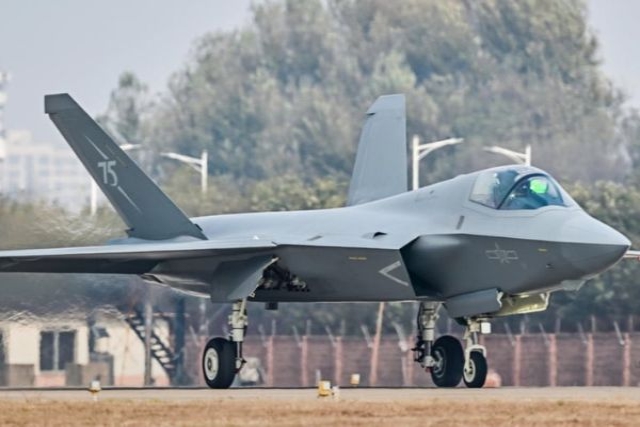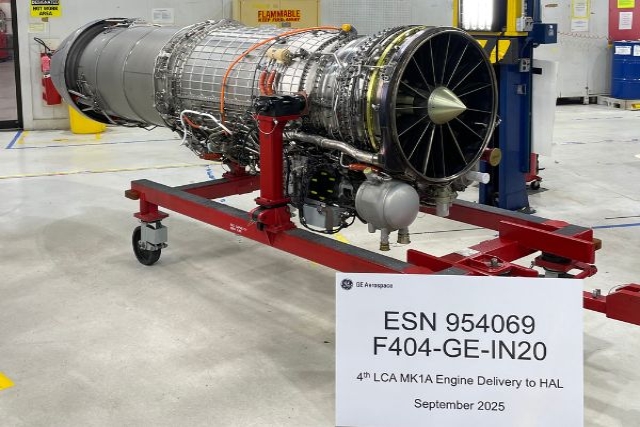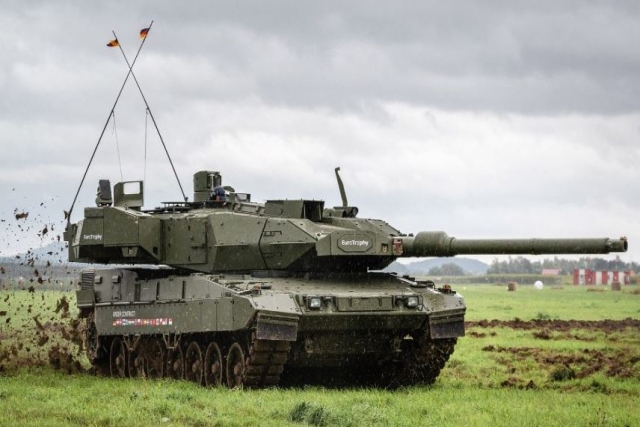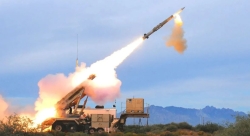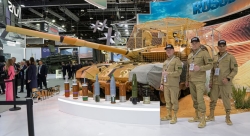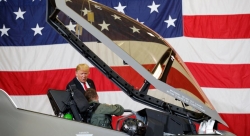U.S. Bradley Infantry Vehicle Outperforms BMP-3: Russian Experts
Russian military study finds American Bradley offers better protection, firepower, and crew survivability than the BMP-3
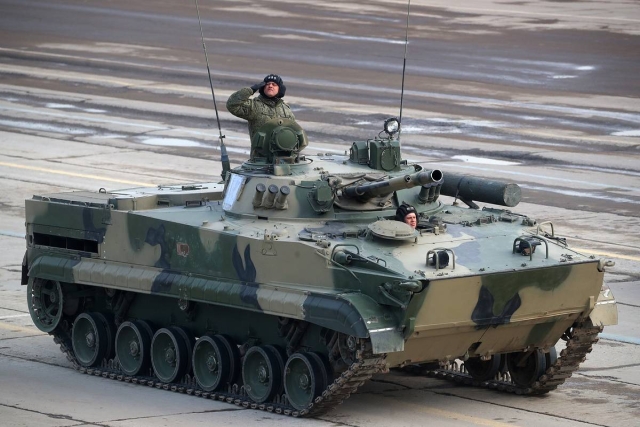
A newly published Russian military research report has concluded that the U.S.-manufactured M2A2 Bradley ODS SA infantry fighting vehicle surpasses the Russian BMP-3 in most key combat and operational characteristics.
The study, conducted by the 38th Research Institute of Armored Vehicles under the Russian Ministry of Defense, was based on testing of a captured Bradley vehicle recovered from Ukrainian forces.
The report, authored by A.V. Mushin and V.V. Konyuchenko, found that the M2A2 Bradley offers stronger protection against projectiles, mines, and grenades than the BMP-3. The vehicle’s reinforced bottom, which includes steel and aluminum layers along with a mine-resistant polymer mat and shock-absorbing seats, was cited as a major factor in its survivability. According to the researchers, the vehicle’s frontal armor resists hits from 30 mm 3UBR8 rounds and PG-9VS and PG-7VL grenades, capabilities not matched by the BMP-3.
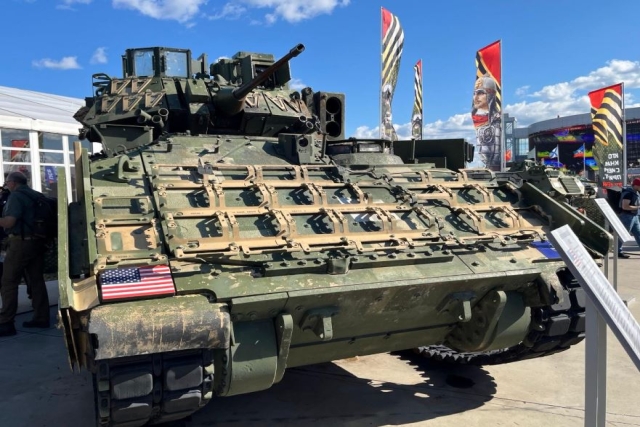
The study highlighted an incident in March 2024, when a Bradley survived two Russian anti-tank missile strikes—one to the turret and another to the side—without being destroyed, thanks to its dynamic armor protection. In comparison, the BMP-3’s vulnerability in similar situations has led to high personnel and equipment losses, particularly in offensive operations.
The American vehicle was also found to be more effective in terms of firepower. Its 25 mm M242 Bushmaster automatic cannon was described as twice as accurate as the BMP-3’s 30 mm 2A42 and 2A72 cannons, with superior armor-piercing performance. The study noted that the 25 mm BPOS round penetrates armor more effectively than Russia’s 30 mm 3UBR8 round, giving the Bradley a longer and more lethal engagement range.
In terms of design and crew ergonomics, the Bradley again came out ahead. The research found that its internal layout, with a larger armored volume, rear ramp, and fewer obstructions, allows easier movement and better comfort for troops. Maintenance was also noted as simpler and faster due to better access to key systems such as the engine, generator, and weapon systems.
While the BMP-3 was recognized for its better cross-country mobility, longer range, and amphibious capabilities, these advantages did not outweigh its weaknesses in protection and lethality. The study called attention to long-standing concerns about the BMP-3’s vulnerability during assaults on fortified enemy positions, a problem previously identified in a 2013 Russian defense publication.
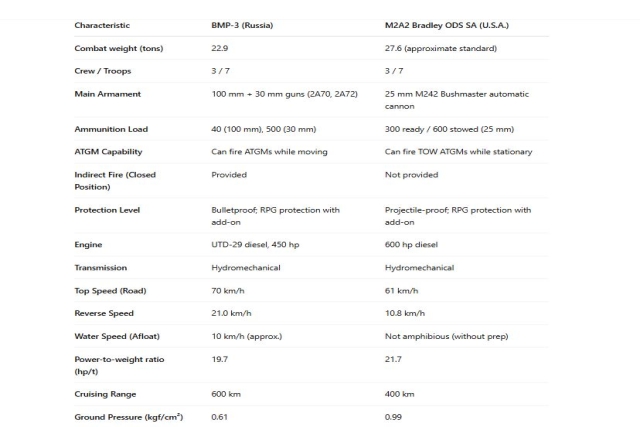
The research proposed a series of recommendations for improving Russian armored vehicles, including adopting new 30 mm ammunition with higher penetration, redesigning the cannon for greater accuracy, and integrating design elements observed in the Bradley—such as protective screens and externally accessible missile launchers.
Defense analyst Andriy Tarasenko, who shared the study publicly, described it as an open acknowledgment of the BMP-3’s design limitations. “This is a fiasco of the Soviet and Russian school of infantry fighting vehicle design,” he said. According to Tarasenko, while Russian specialists have been aware of these shortcomings for years, their warnings have gone largely unheeded by the defense ministry.
